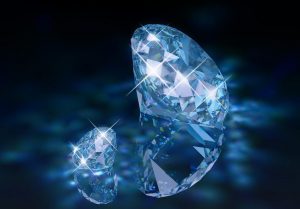Cause of Color : Color center.
Chemical Composition : Borosilicate of calcium – CaB2(SiO4)2
Crystal System / Forms : Orthorhombic System / Prismatic and wedge shaped crystals are common.
Cuts & Uses : Facetted, cabochon, etc.
Dispersion : 0.017
Hardness : 7
Lustre : Vitreous.
Magnification : Crystal inclusions, liquid tubes.
Optic Character : Anisotropic, D.R.; Biaxial positive or negative (depends on wavelengths of light used)
Pleochroism : Weak to none.
Refractive Index / Birefringence : 1.630 – 1.636 / 0.006
Simulants (with separation tests) : Topaz (S.G.), Andalusite (pleochroism), Beryl (optic figure, R.I., S.G., inclusions), Quartz (optic figure, R.I., S.G.), Tourmaline (optic figure, R.I., birefringence, inclusions)
Sources : Myanmar, Japan, Madagascar, Russia, Mexico.
Specific Tests : Slowly attacked by hydrochloric acid.
Spectrum : Sometimes shows line at 580nm (didymium lines – rare earth spectrum).



























Leave a Reply
You must be logged in to post a comment.